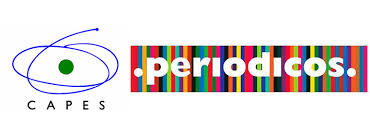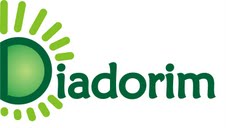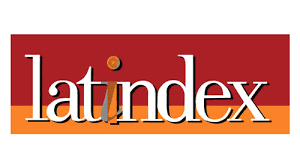COMPARAÇÃO DE MÉTODOS DE ANÁLISE MODAL EXPERIMENTAL APLICADO A UM PÓRTICO PLANO EM ESCALA REDUZIDA
DOI:
https://doi.org/10.26512/ripe.v2i15.21381Keywords:
Estrutura de aço. Análise modal experimental. Vibração.Abstract
Este trabalho tem como objetivo a comparação entre quatro métodos de análise modal experimental e a simulação numérica em elementos finitos. Os métodos Rational Fractional Polynomial (RFP), Ibrahim Time Domain (ITD), Circle-Fit e Line-Fit foram aplicados em um pórtico plano, de quatro pavimentos, em escala reduzida. A estrutura foi excitada por um martelo de impacto e a resposta de vibração foi medida por um acelerômetro piezoelétrico. A análise foi realizada em uma faixa de frequência de 0 a 400Hz. Os autovalores, autovetores e fator de amortecimento foram estimados e posteriormente comparados. Constatou-se que os resultados obtidos pelos métodos são compatíveis com o método dos elementos finitos (MEF) apesar. No geral entende-se que os quatro métodos apresentados podem ser aplicados para a identificação dos parâmetros modais da estrutura desde que se entenda as características e particularidades de cada método.
Downloads
References
Braga, D. S.; Sá, A. S.; Soeiro, N. S. and Melo, G. V., 2011. Análise modal numérica e experimental de condutores de linha de transmissão. 1º Workshop de Vibração e Acústica da Reigão Norte.
Cruz, S. L. M. da, 2006. Estudo de Técnicas de Análise Modal Operacional em Sistemas Sujeitos a Excitações Aleatórias com a Presença de Componente Harmônico. Dissertação (Mestrado), Universidade Federal do Pará, Belém.
Ewins, D. J., 2000. Modal Testing: Theory, Practice and Application. John Wiley, Philadelphia, 2nd edition.
Formenti, D. L. , Richardson, M. H., 2002. Parameter estimation from frequency response measurements using rational fraction polynomials (twenty years of progress). In IMAC XX.
Gómez, I. D., 2015. Análise modal operacional: métodos de identificação baseados em transmissibilidade. Tese (Doutorado), Universidade de São Paulo, Escola de Engenharia de São Carlos, São Carlos.
Iglesias, A. M. 2000. Investigating various modal analysis extraction techniques to estimate damping ratio. Thesis of master degree submitted to the Faculty of the Virginia Polytechnic Institute and State University, Blacksburg, Virginia.
Kouroussis, G., Ben Fekih, L., Conti, C., Verlinden, O. 2012. EasyMod: a matlab/scilab toolbox for teaching modal analysis. Proceedings of the 19th International Congresso on Sound and Vibration, Vilnius (Lituânia), July 9-12.
Kouroussis, G., Ben Fekih, L., Conti, C., Verlinden, O.2012. EasyMod : du d´eveloppement d’un toolbox sous MatLab vers l’enseignement des bases de l’analyse modale exp´erimentale, 3i`eme Colloque “Analyse vibratoire Exp´erimentale”, Blois (France), 20 et 21 novembre.
Nunes Junior, O.A., 2008. Identificação dos parâmetros modais utilizando apenas respostas da estrutura ”“ Identificação do domínio do tempo. Dissertação (Mestrado), Universidade Estadual Paulista, Faculdade de Engenharia de Ilha Solteira, Ilha Solteira.
Richardson, M. ,Schuwarz, B., 2003. Modal parameter estimation from opering data. Vibrant Technology, Inc., In Sound and Vibration Mgazine. Jamestown, California.
Downloads
Published
How to Cite
Issue
Section
License
Given the public access policy of the journal, the use of the published texts is free, with the obligation of recognizing the original authorship and the first publication in this journal. The authors of the published contributions are entirely and exclusively responsible for their contents.
1. The authors authorize the publication of the article in this journal.
2. The authors guarantee that the contribution is original, and take full responsibility for its content in case of impugnation by third parties.
3. The authors guarantee that the contribution is not under evaluation in another journal.
4. The authors keep the copyright and convey to the journal the right of first publication, the work being licensed under a Creative Commons Attribution License-BY.
5. The authors are allowed and stimulated to publicize and distribute their work on-line after the publication in the journal.
6. The authors of the approved works authorize the journal to distribute their content, after publication, for reproduction in content indexes, virtual libraries and similars.
7. The editors reserve the right to make adjustments to the text and to adequate the article to the editorial rules of the journal.









